Applied Probability and Statistics Calculations Assignment
VerifiedAdded on 2023/06/10
|8
|1304
|288
Homework Assignment
AI Summary
This assignment covers a range of probability and statistics calculations, including basic arithmetic operations, ratio and proportion problems, and probability event analysis. Part A involves calculations such as division, multiplication, addition, and subtraction with both positive and negative numbers, as well as evaluating fractions and percentages. It also includes practical problems related to calculating the number of blue shirts from total production and the number of non-UK students from a total student population. The assignment further explores investment ratio calculations and the importance of probability in business decision-making. Part B focuses on probability events, providing examples like project success/failure, service provider selection, and expansion strategy outcomes. The final question involves calculating the arithmetic mean, mode, median, range, and standard deviation from a given sales dataset, demonstrating practical statistical analysis. This student-contributed document is available on Desklib, a platform offering AI-powered study tools and a wide range of academic resources.
1 out of 8
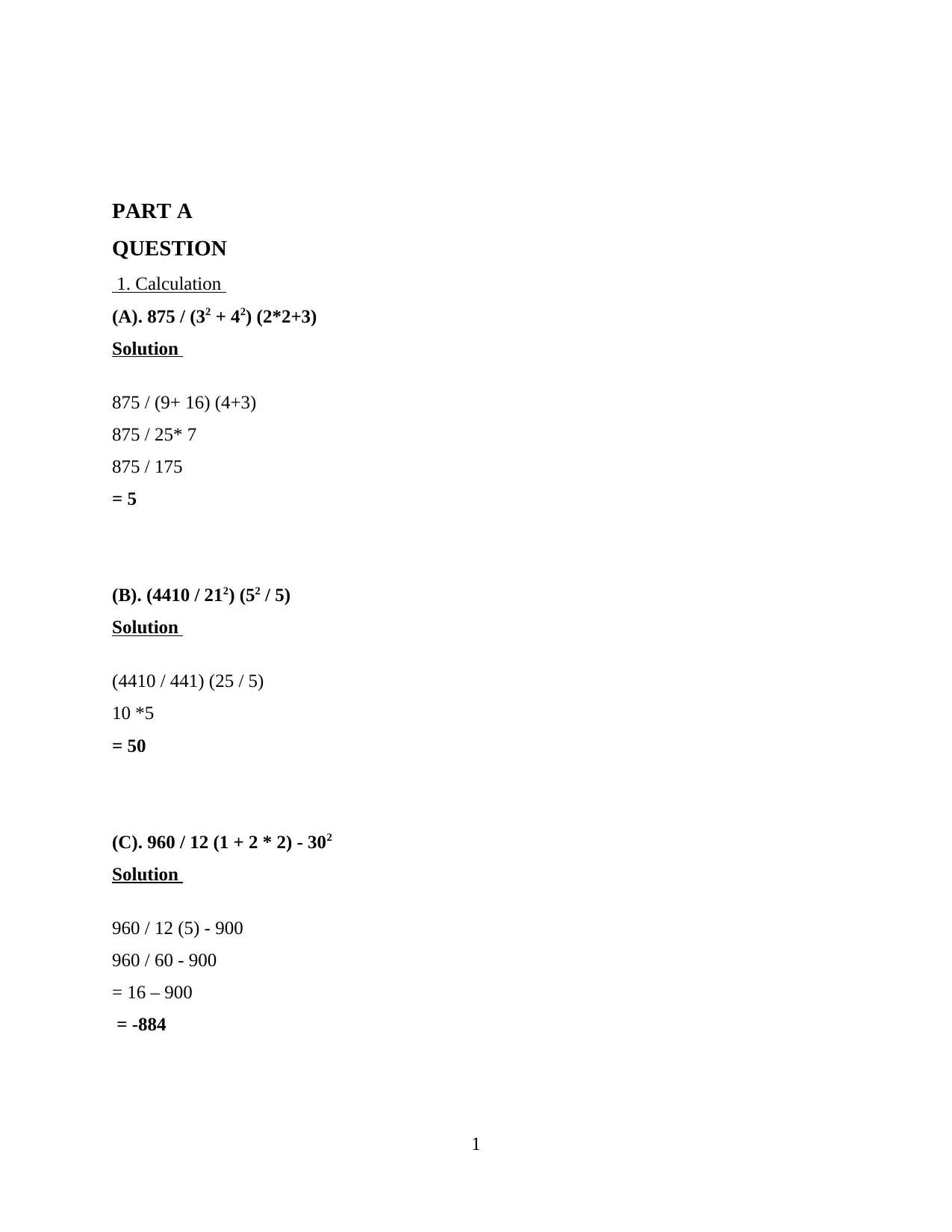
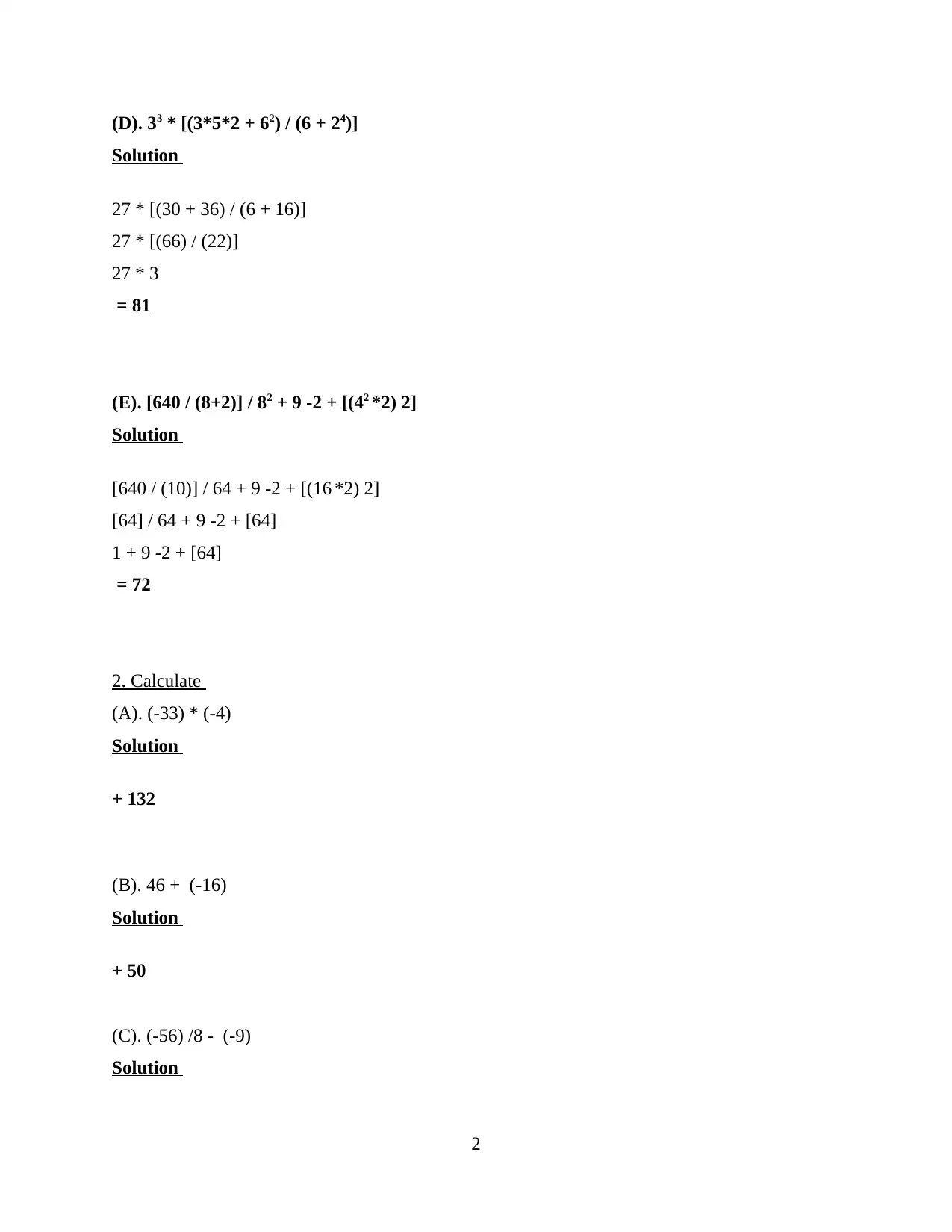


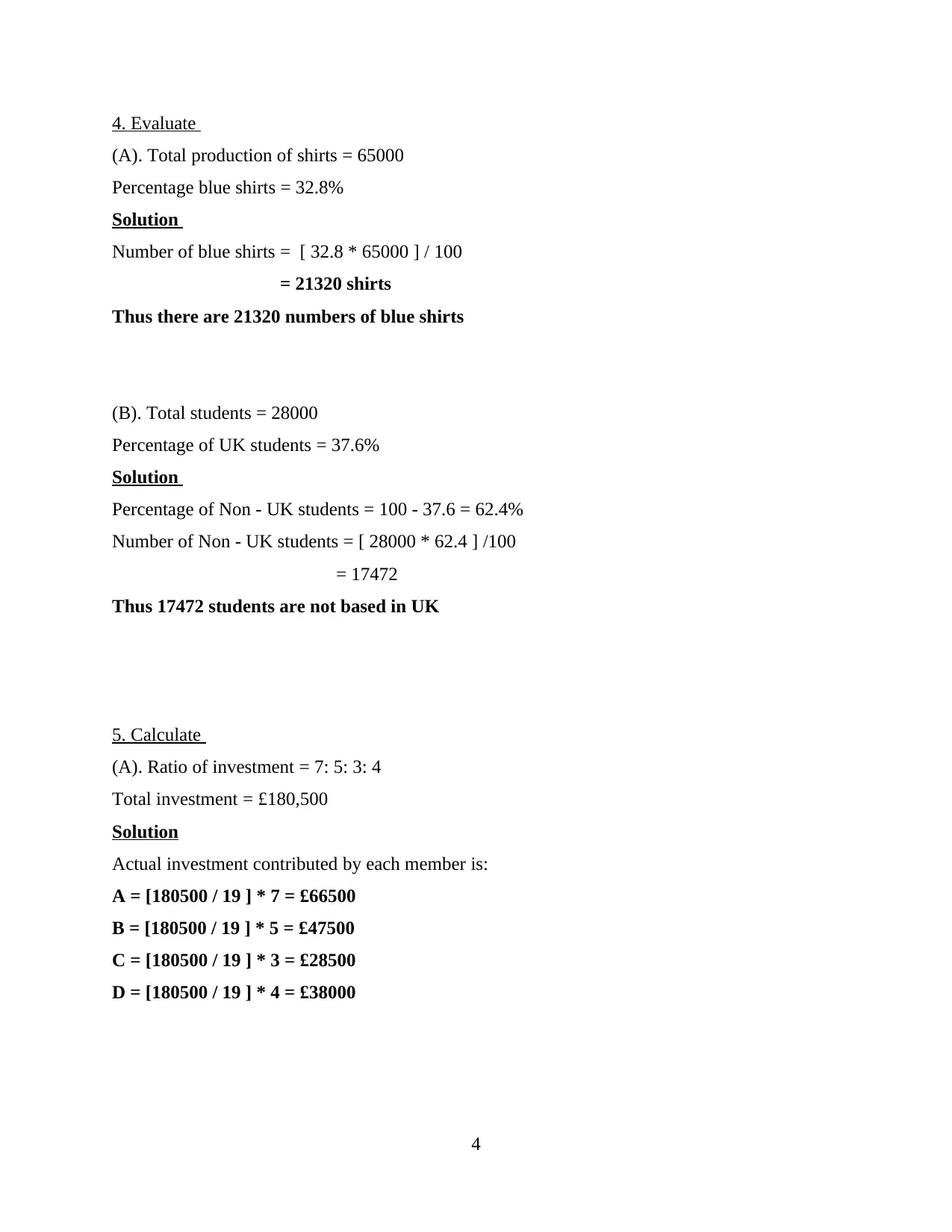
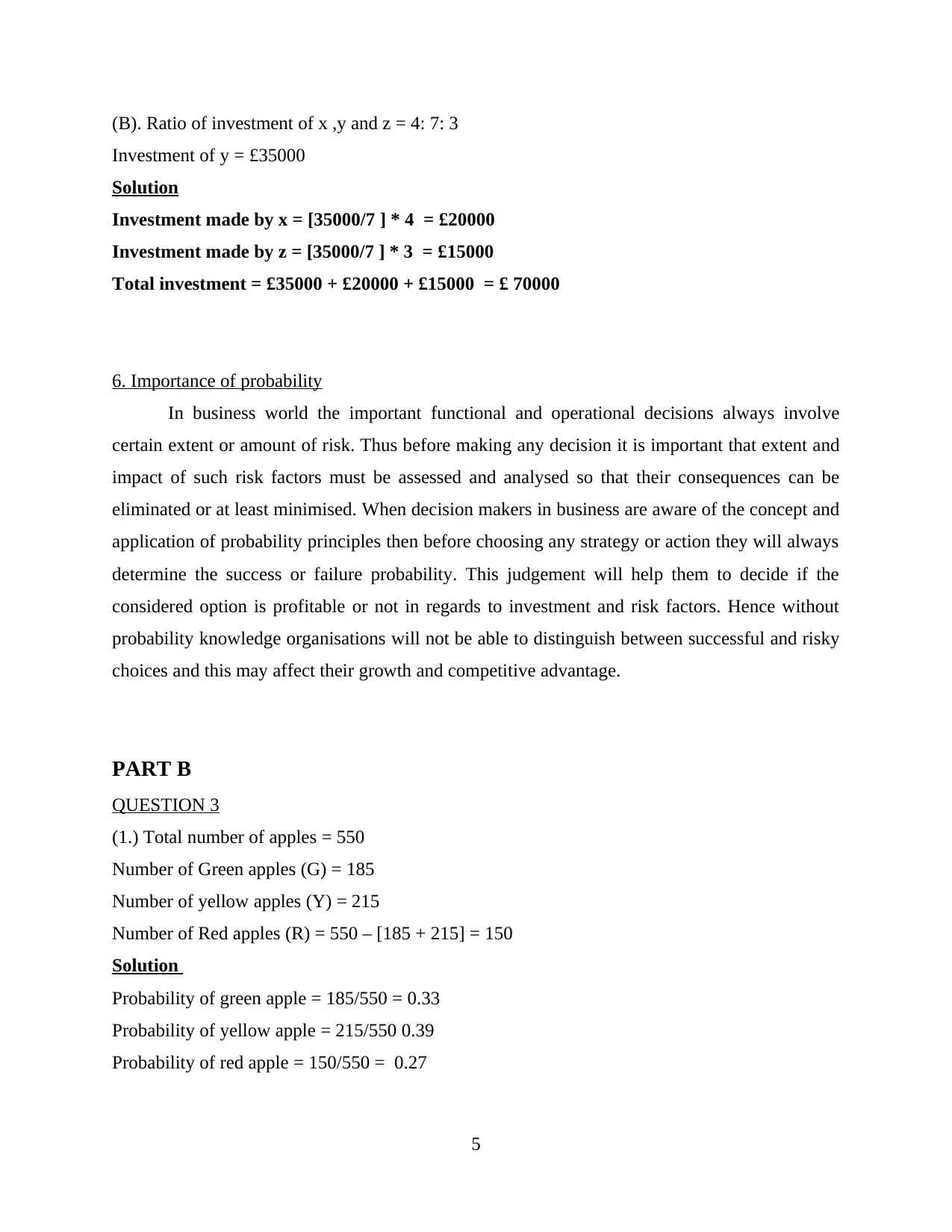
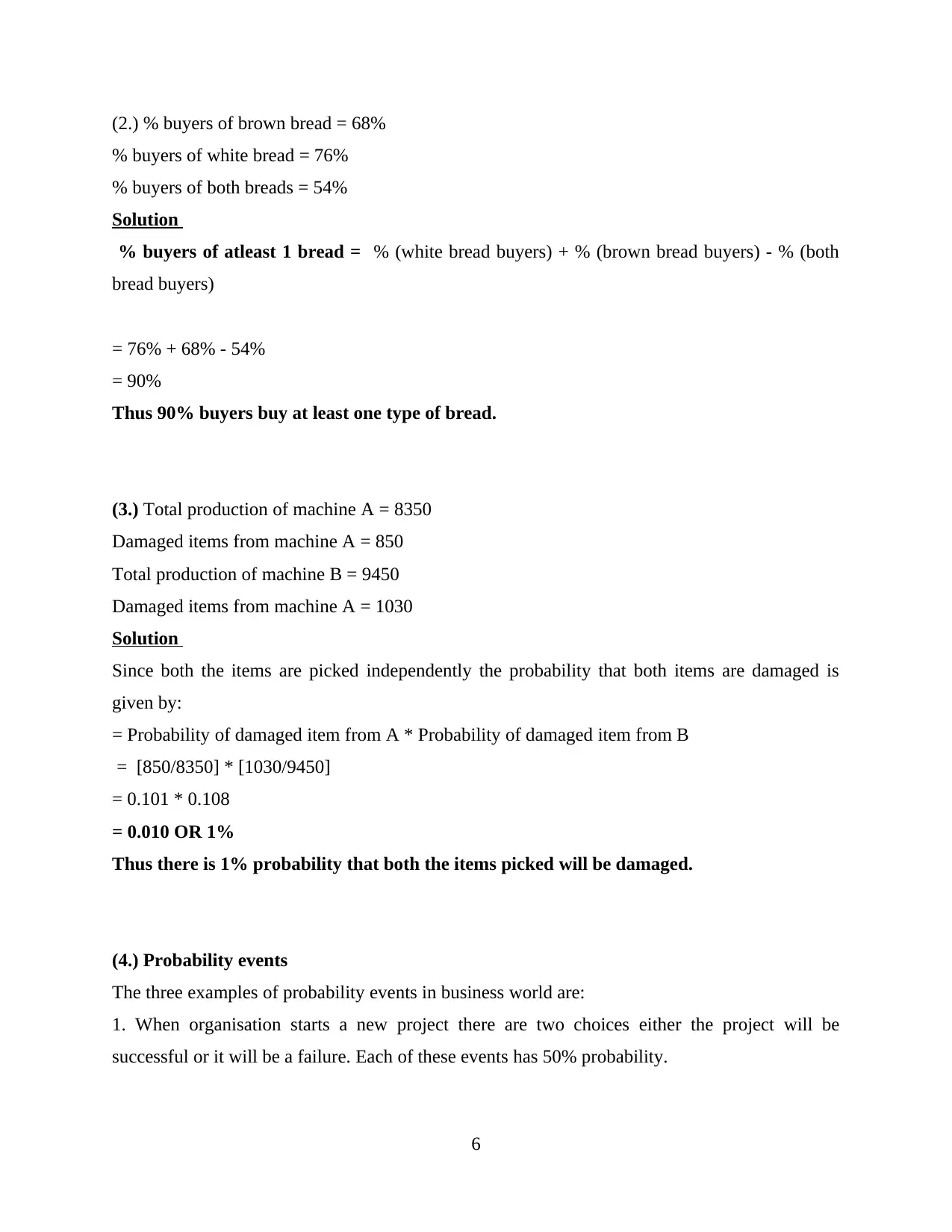
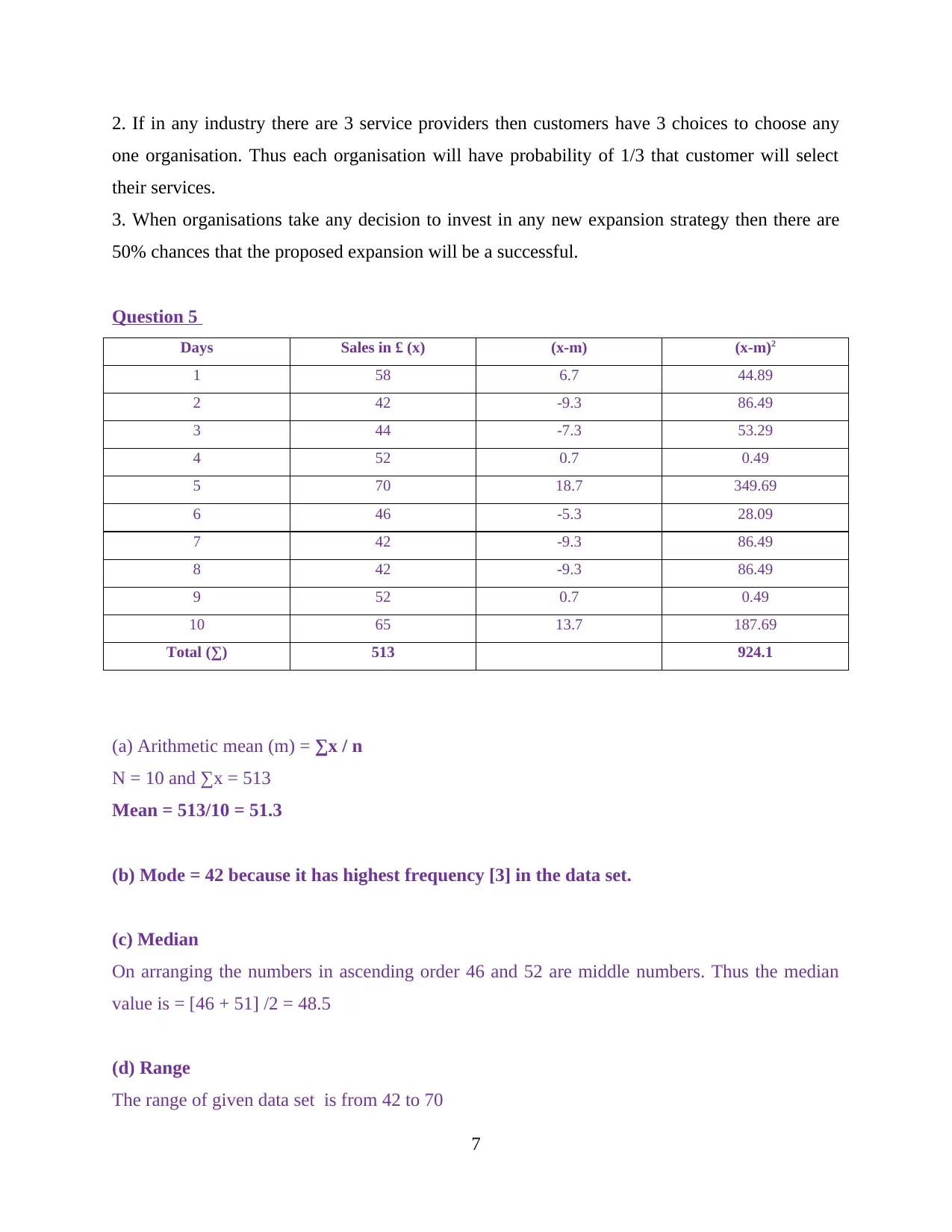
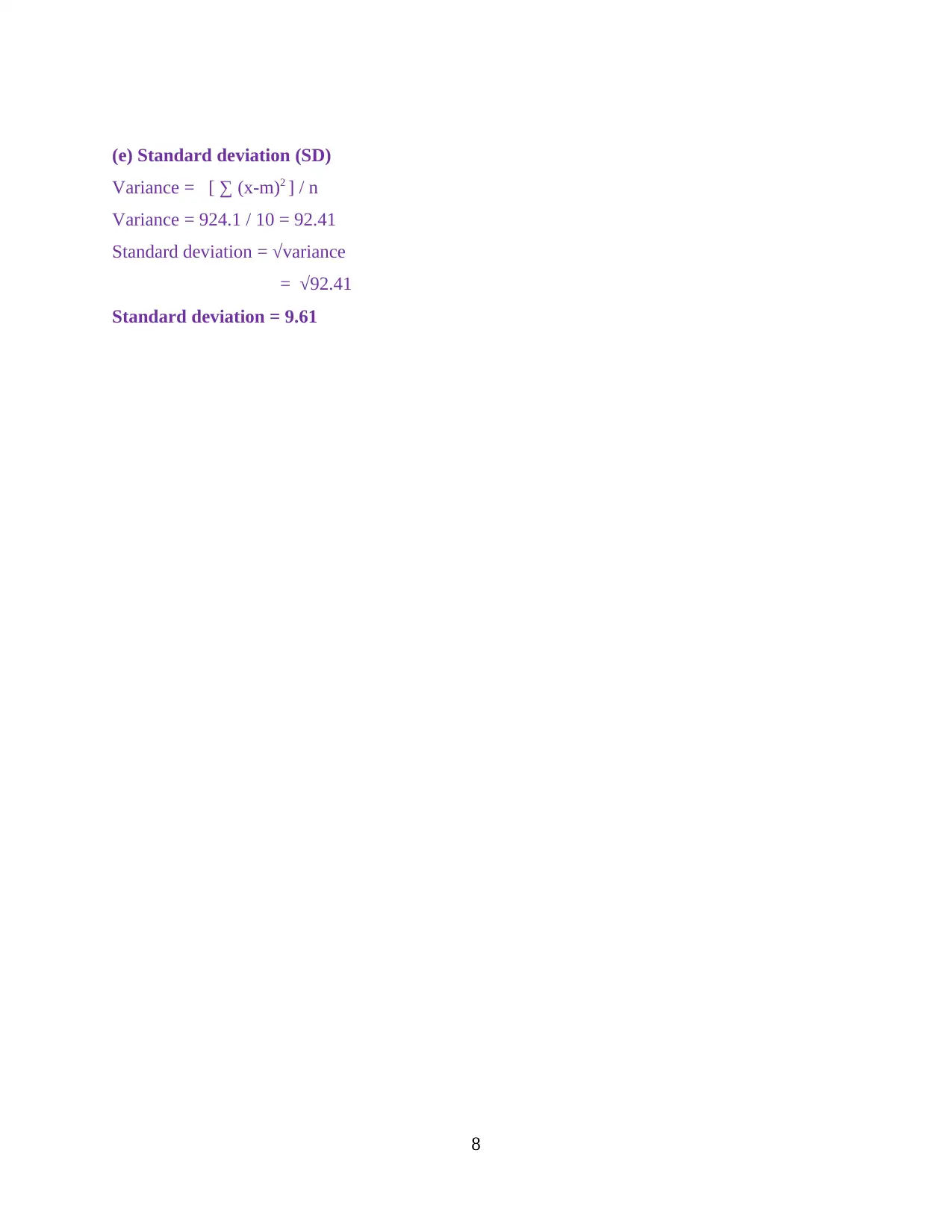






![[object Object]](/_next/static/media/star-bottom.7253800d.svg)